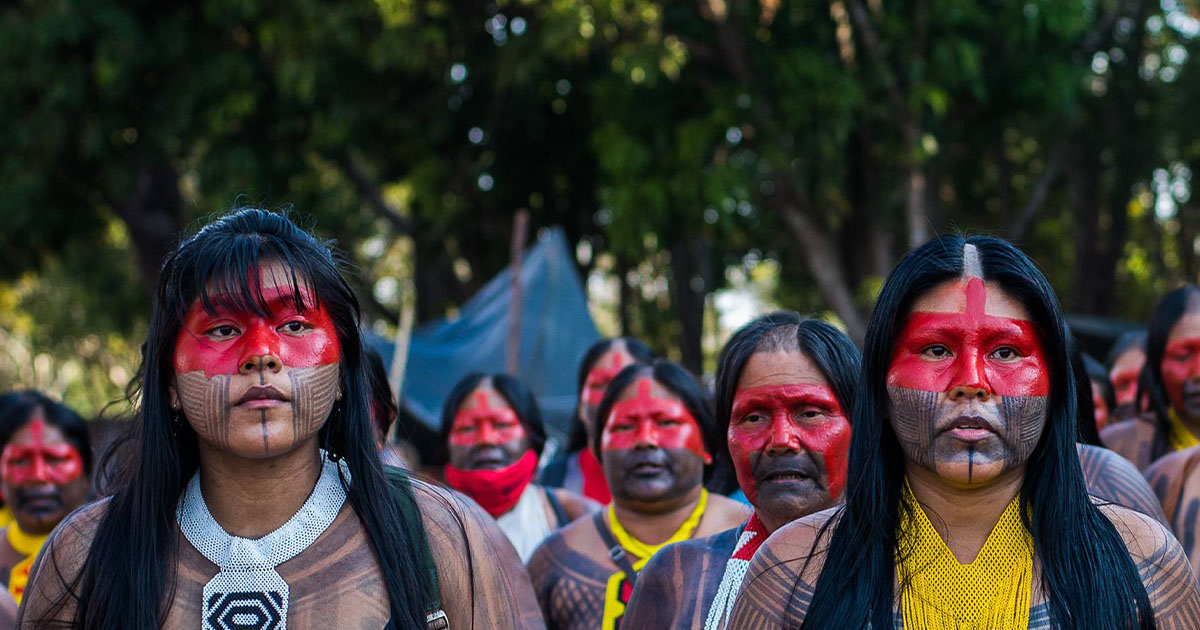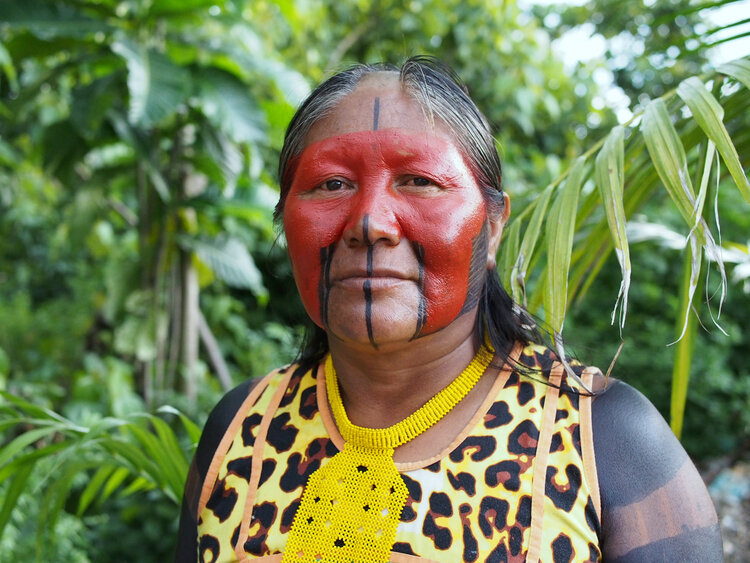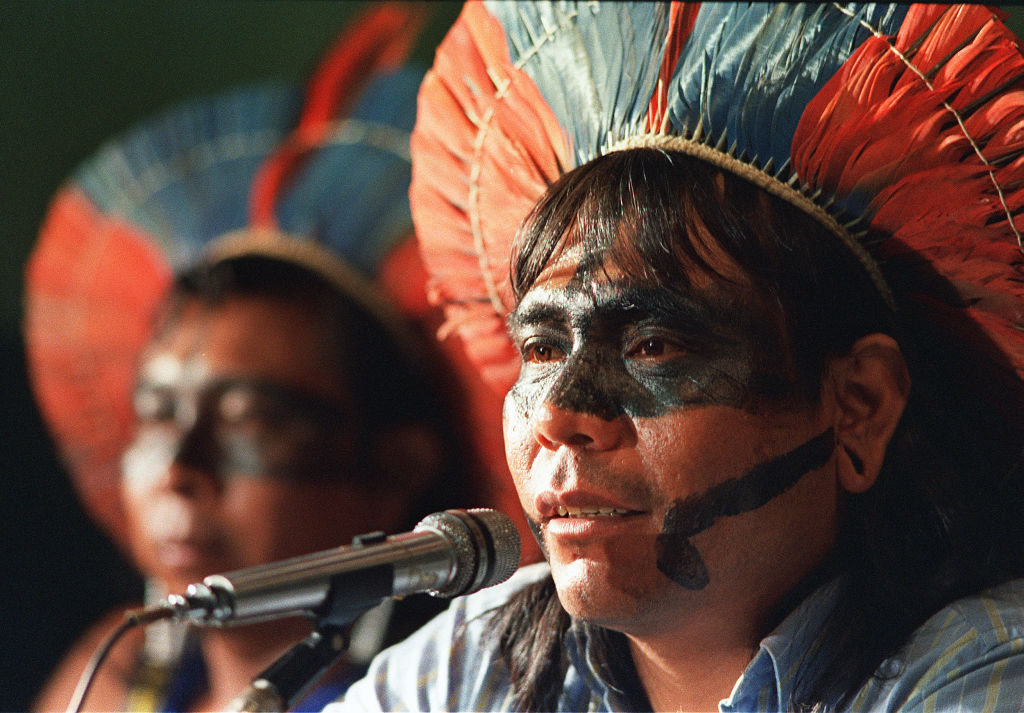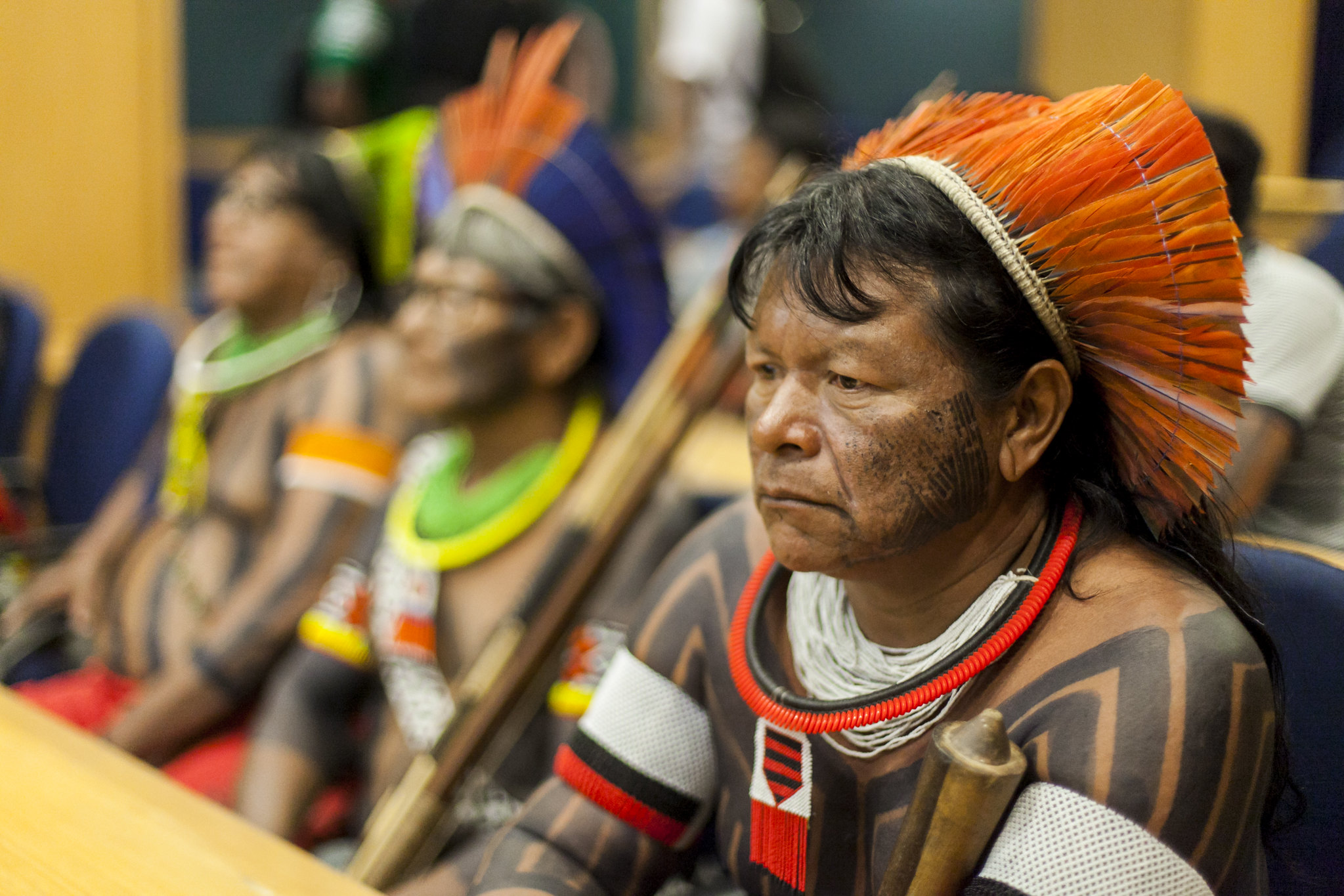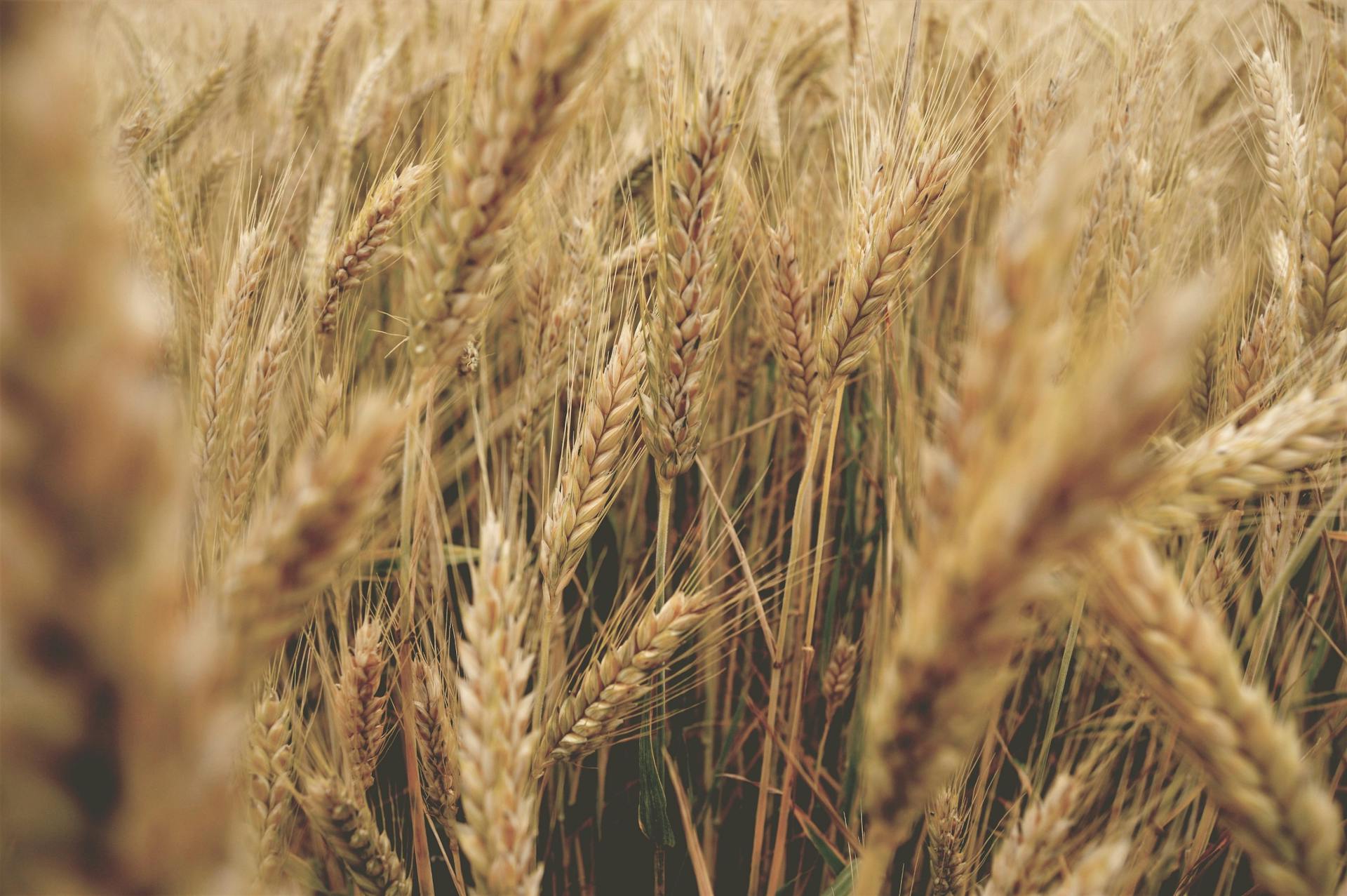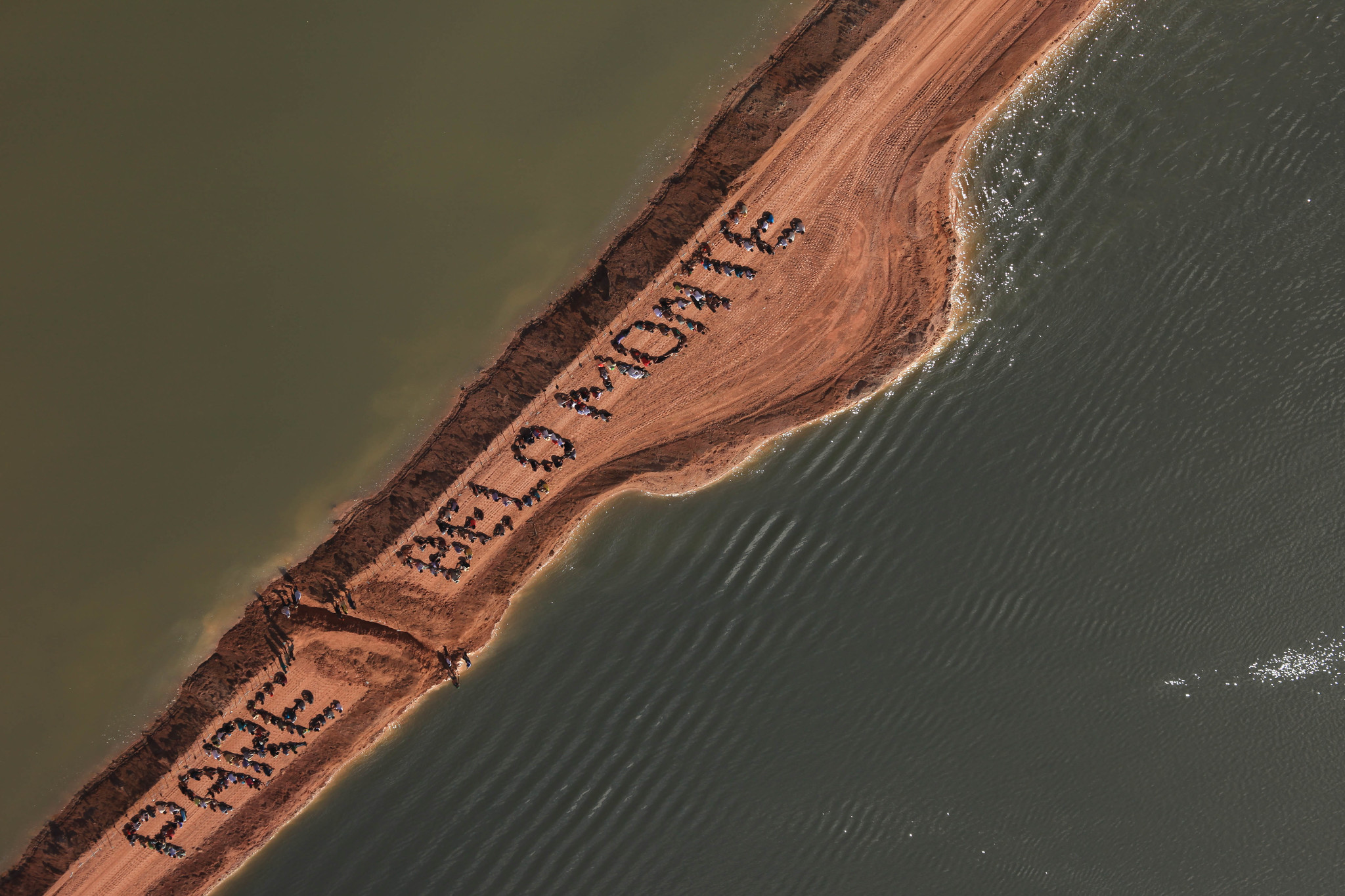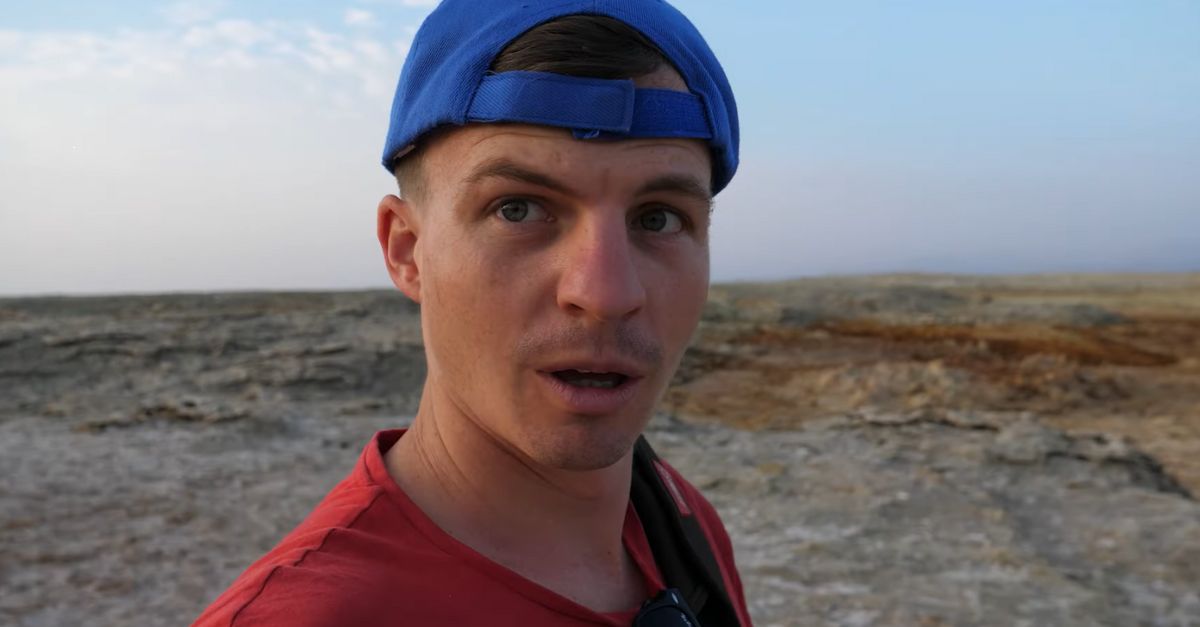Meet The Guardians Of The Amazon
With their colorful headdresses and black body paint, the Kayapo are hard to miss in a crowd. But it’s their fight to protect the Amazon Rainforest that thrust this tribe into the global spotlight.

Where Do They Live?
The Kayapo call the shores of the Xingu River their home.
This is the most eastern part of the Amazon Rainforest, and their territory encompasses about 28 million acres of land.
There are approximately 9,000 Kayapo living in Brazil today.
Their Name
The term "Kayapo" is thought to have originated in the early 19th century.
They were given that name by neighboring tribes, and it means "people who look like monkeys". This is probably a reference to the monkey masks that Kayapo men wear during certain rituals.
The Kayapo call themselves "Mebêngôkre", meaning "people from the water hole".
 Edgar Kanaykõ Xakriaba, CC BY-SA 4.0, Wikimedia Commons
Edgar Kanaykõ Xakriaba, CC BY-SA 4.0, Wikimedia Commons
Kayapo Body Paint
One of the most striking aspects of Kayapo culture is their body paint. The Kayapo cover their whole bodies with black paint.
They believe that the black color represents the spiritual veil between nature and society.
By wearing black paint, the Kayapo believe they can communicate better with the divine Spirit that is all around them.
Kayapo Body Paint (cont’d)
The Kayapo also sometimes wear red paint on their faces. This symbolizes vitality and the energy of life.
Kayapo may also put red paint on their legs, so that it rubs off on the brush when they’re exploring the forest and helps them find their way home.
 Universal History Archive, Getty Images
Universal History Archive, Getty Images
Kayapo Lip Disks
Historically, Kayapo men have worn a large disk that’s inserted into a piercing in their lower lip.
This marks their transition into manhood and skills in singing and oration.
The lip disk is a fading tradition, and most young Kayapo men choose not to wear one.
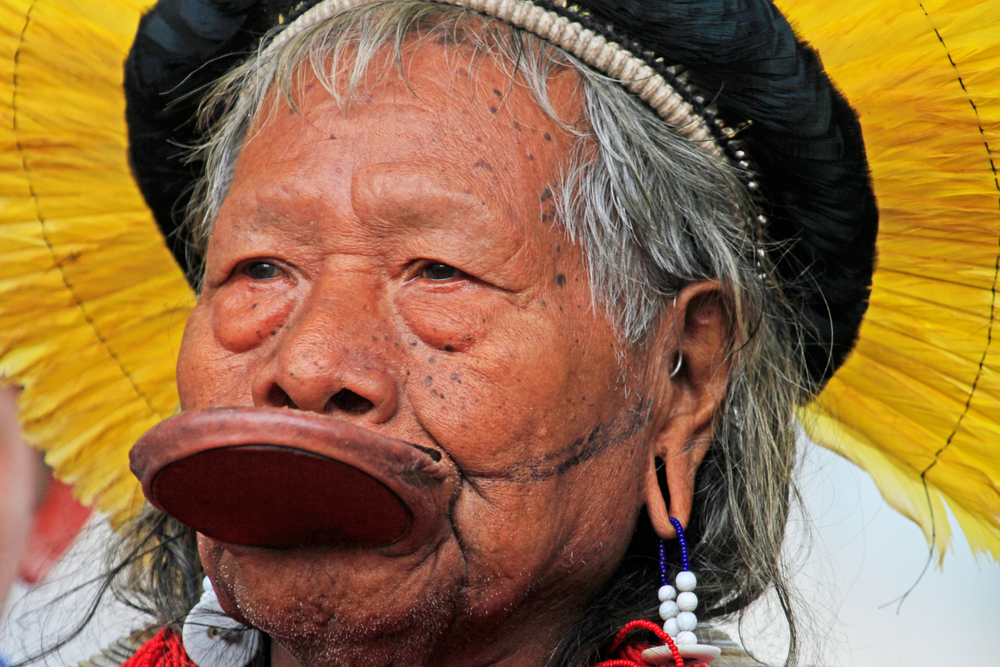 Eric Valenne geostory, Shutterstock
Eric Valenne geostory, Shutterstock
Kayapo Headdresses
Kayapo men wear vibrant headdresses that are made of yellow feathers. The feathers represent the sun and the Kayapo’s connection to the universe.
Kayapo men also wear rope in their hair, which is signifies the first Kayapo person climbing down onto the earth from the sky.
Kayapo women don’t usually wear headdresses but cut a V shape into their hair instead.
 Valter Campanato, CC BY 3.0 BR, Wikimedia Commons
Valter Campanato, CC BY 3.0 BR, Wikimedia Commons
What Do They Wear?
Traditionally, the Kayapo have worn very little clothing in their daily life. It was customary for them to wear a sheath to cover their lower body.
Kayapo children wore colorful cloth bands that were tied across their waist or over their shoulder.
What Do They Wear? (cont’d)
Colorful armbands and beaded necklaces were also worn by Kayapo children and women.
Shells and parrot feathers also made good ornaments, with matching parrot feathers being used to show family ties.
Nowadays, it is not uncommon to see Kayapo in Western-style clothing, like shorts and t-shirts.
 Ocupacao Munduruku, CC BY-SA 2.0, Wikimedia Commons
Ocupacao Munduruku, CC BY-SA 2.0, Wikimedia Commons
Dammed
In 1987, the Kayapo found themselves at odds with the Brazilian government.
The government wanted to build hydroelectric dams along the Xingu river, but this plan would destroy the homes of 20,000 Indigenous people, including the Kayapo tribe.
 Instituto Socio-Ambiental, Wikimedia Commons
Instituto Socio-Ambiental, Wikimedia Commons
Paulinho Has A Plan
Knowing they had to gain the world’s attention, a Kayapo leader named Paulinho Paiakan organized a demonstration called the Altamira Gathering, at the proposed site for the first dam.
The Kayapo weren’t alone; other Indigenous groups and their Brazilian supporters also showed up for the gathering.
The Altamira Gathering
The Altamira Gathering lasted for five days, and the Kayapo were able to discuss ways to protect the environment and Indigenous peoples with other tribes.
The Kayapo also knew the government was hiding information about just how much the new dams would affect Indigenous and rural Brazilians living along the Xingu River. They demanded the government share this information.
Dressed To Impress
The Kayapo showed up to the gathering brandishing machetes and dressed in their traditional clothes, with bright headdresses, and red and black war paint.
But it was Paulinho Paiakan’s sister, Chief Tuíre who took the fearsome performance up a notch.
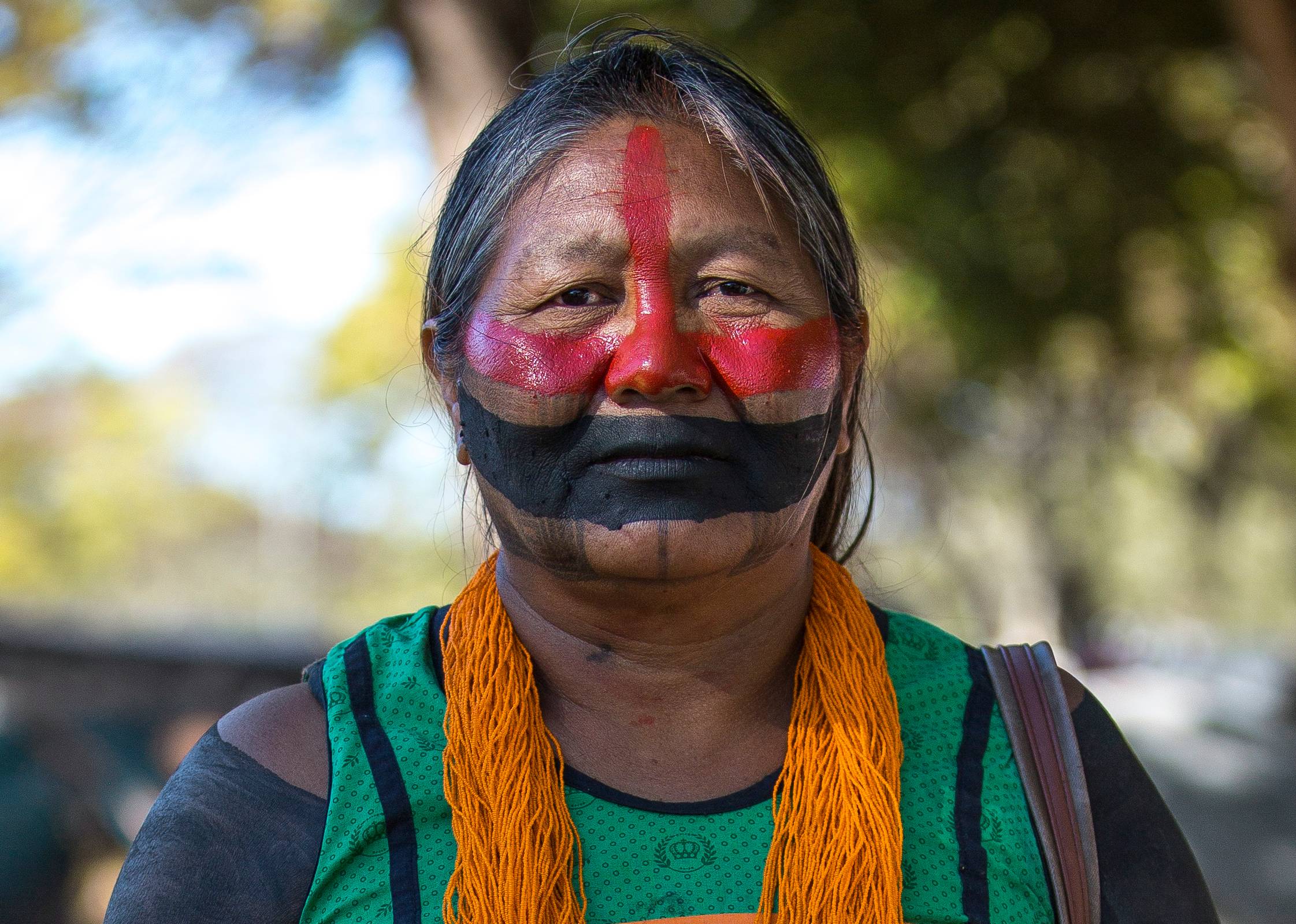 Apib Comunicação, CC BY-SA 2.0, Wikimedia Commons
Apib Comunicação, CC BY-SA 2.0, Wikimedia Commons
Chief Tuíre Kayapo
Chief Tuíre marched right up to one of the dam’s engineers, José Antônio Muniz Lópes, and put her machete close enough to shave his beard.
It’s said that she called him a liar and denounced the need for electricity, as it was the free-flowing rivers and unpolluted jungles that the Kayapo depended on, not man-made dams.
Gaining The World’s Attention
The Kayapo showcased their traditional dances and battle speeches, hoping this would captivate the media who had showed up to cover the demonstration.
They were right, but they also had a famous supporter among their ranks: rock star Sting.
 Rita Molnár, CC BY-SA 2.5, Wikimedia Commons
Rita Molnár, CC BY-SA 2.5, Wikimedia Commons
Sting Joins The Fight
When Sting saw the gathering on TV, he flew down to support the Kayapo. He gave a press conference in support of the protest against the dams.
He continued to support the cause after the gathering and founded the Rainforest Foundation Fund in 1989.
The Belo Monte Dam
The Altamira Gathering was a success, and with two weeks, the World Bank rescinded the loan for the Brazilian dam project.
But this victory was short-lived.
Years later, in 2008, the government accepted plans for the Belo Monte Dam. Construction on the dam started in 2011 and finished in 2019.
 Vice-Presidência da República, CC BY 2.0, Wikimedia Commons
Vice-Presidência da República, CC BY 2.0, Wikimedia Commons
Their Villages
The Kayapo live in villages with anywhere from 100 to 600 residents.
Their villages are usually made up of several huts that surround a communal hut in the centre of the village.
The men gather at the central hut to mediate problems in the community and make important decisions about community life.
Their Villages (cont’d)
The huts that form the circle are where Kayapo women carry out daily activities, like cooking and taking care of the children.
Farther away from the huts is where the Kayapo build their gardens and farms.
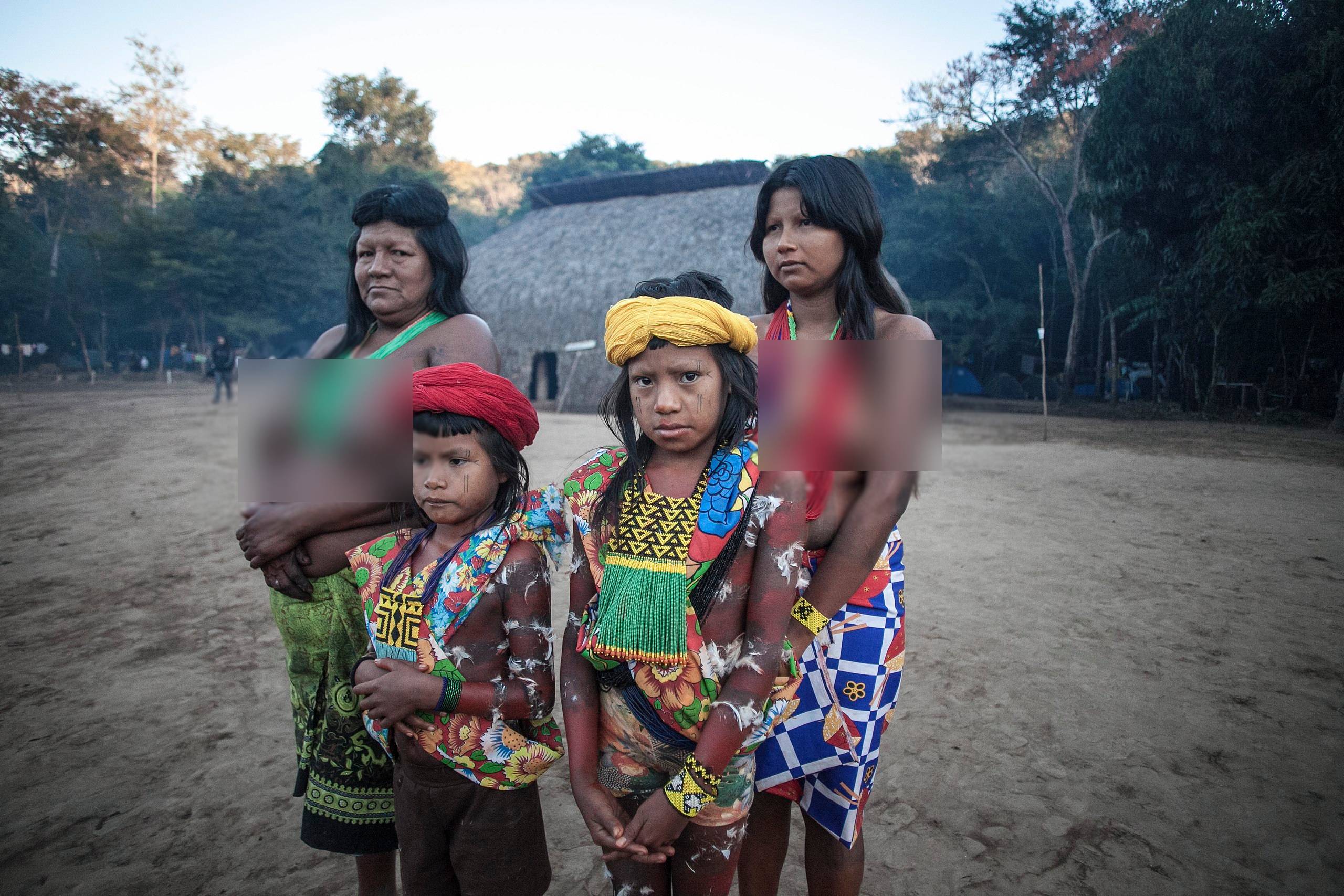 Ministério da Cidadania, CC BY 2.0, Wikimedia Commons
Ministério da Cidadania, CC BY 2.0, Wikimedia Commons
Kayapo Marriage
The Kayapo practice polygamy, with men having up to three wives.
Teenage girls will often choose a husband that has been suggested by their parents. The marriage is official only after a child has been born.
 Xaverian Missionaries USA, Flickr
Xaverian Missionaries USA, Flickr
Division Of Labour
Men make most of the important decisions in Kayapo villages. They are also responsible for fishing and hunting.
Women tend to the children and the Kayapo’s gardens and farms.
Kayapo Education
Most Kayapo learn traditional skills from their parents and people in the community.
Boys are taught how to hunt, fish, and make canoes, while girls learn about beading, farming, and body painting.
 Apib Comunicação, CC BY-SA 2.0 , Wikimedia Commons
Apib Comunicação, CC BY-SA 2.0 , Wikimedia Commons
Kayapo Education (cont’d)
For the most part, the Kayapo have avoided the missionaries in the Xingu River area, and have been suspicious of their offers to teach the children a more Western-style education.
There is, however, a school in the Xingu Indigenous Park where children from different tribes can learn to read and write in Portuguese.
 ARCHIVED Department of Energy and Climate Change, Flickr
ARCHIVED Department of Energy and Climate Change, Flickr
Kayapo Storytelling
Storytelling is an important part of Kayapo culture.
They use stories to share their history with younger generations, and often incorporate dancing and singing.
They Learned From Bugs
The Kayapo believe that their ancestors learned how to communicate from insects.
To honor that teaching, they use body paint decorations that feature or are inspired by bugs in the Amazon.
 Instituto Socio-Ambiental, Wikimedia Commons
Instituto Socio-Ambiental, Wikimedia Commons
Their Language
The Kayapo language is part of the Jê language family, found among the Indigenous tribes of Brazil.
Because their villages are spread out over such a large region, there are many different dialects of the Kayapo language.
Some Kayapo who live near outsiders speak Portuguese.
 Renato Araújo, CC BY 3.0 BR, Wikimedia Commons
Renato Araújo, CC BY 3.0 BR, Wikimedia Commons
Their Language (cont’d)
The Kayapo place a lot of value on the art of speaking eloquently.
They have been known to compare themselves to other tribes for their oratory skills, and themselves "Kaben mei", meaning "people who speak beautifully".
Naming Ceremonies
Beauty is important to the Kayapo and having a beautiful name is considered a sign of good fortune and wealth.
Because of this, the Kayapo place a lot of importance on naming ceremonies.
Naming Ceremonies (cont’d)
When a child is born, the whole community gathers to present food to the father and watch the child be named.
Children go through another naming ceremony when they come of age, and often receive their new name from their grandparents.
What Do They Eat?
Sweet potatoes, yams, and papaya are the Kayapo’s staple crops.
The type of sweet potato that they grow has been called "caiapo", the Portuguese name for the tribe. It’s also been found to have health benefits in people with Type 2 Diabetes.
What Do They Eat? (cont’d)
In addition to farming, the Kayapo fish and hunt wild animals like tapir, capuchin monkeys, and peccary.
Women often go foraging for açaí berries, Brazil nuts, and the fruit of the cumaru tree, which is used in herbal medicines.
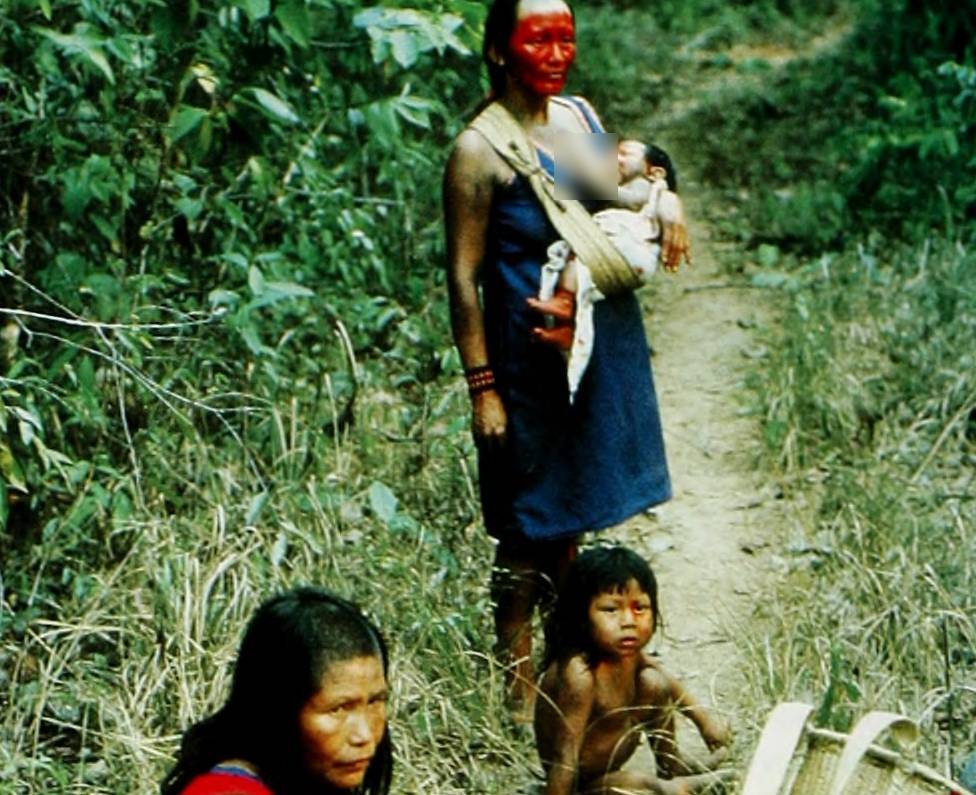 Internet Archive Book Images, Flickr
Internet Archive Book Images, Flickr
Kayapo Farming Practices
The Kayapo practice a form of slash and burn agriculture that maintains balance in the Amazon ecosystem.
After cutting down a section of trees and burning the cleared area, the land is read to grow crops. The Kayapo can use the farmland for about six years.
Kayapo Farming Practices (cont’d)
Once the crops start declining in yield, the Kayapo know it’s time to move on. They leave the area to create new farmland elsewhere.
The old land is left alone for years so that it can regrow. Old fields are also where many of the Kayapo’s medicinal plants grow.
The Forest Fields
In addition to farms for specific communities, the Kayapo have also used communal "forest fields" to grow crops.
These fields were built along trails in the Amazon Forest and were accessible to anyone passing by.
 Ibama, CC BY 2.0, Wikimedia Commons
Ibama, CC BY 2.0, Wikimedia Commons
The War Gardens
During times of war or food scarcity, the Kayapo also built "war gardens". The Kayapo would keep these small farms hidden so enemies couldn’t find them.
 USAID U.S. Agency for International Development, Flickr
USAID U.S. Agency for International Development, Flickr
Threats To Their Way Of Life
For the past 30 years, the Kayapo have found their homeland threatened by mining and logging corporations.
For some villages, the arrival of the miners was initially a good thing. They made lucrative deals with the miners and were able to improve housing and education in their villages.
But all that glitters isn’t gold.
 Ibama, CC BY 2.0, Wikimedia Commons
Ibama, CC BY 2.0, Wikimedia Commons
The Catch
While gold mining created a thriving economy for the Kayapo, it also had detrimental effects on the environment.
Pollution contaminated the rivers, destroying the local fish population with mercury. The Kayapo also found themselves losing their traditional values.
The Catch (cont’d)
The influx of miners to the region changed some of the Kayapo’s social norms.
Kayapo men were staying out late, seeking the comforts of drink and women instead of caring for their families.
And the contact with outsiders threatened entire communities when the Kayapo found themselves exposed to deadly new diseases.
Fighting Back
When the Kayapo realized how much havoc the mining was creating, they tried to banish the miners rom their land.
This resulted in many violent skirmishes, with cattle ranchers and loggers sometimes being caught in the crossfire.
 Senado Federal, CC BY 2.0, Wikimedia Commons
Senado Federal, CC BY 2.0, Wikimedia Commons
The Fight Continues
The Kayapo are still fighting to protect their land against loggers and miners. Gold mining continues to pollute the riverways that the Kayapo fish in.
The Belo Monte Dam, which finished construction in 2019, has also destroyed much of their traditional hunting grounds. The Kayapo are still working with environmental groups to gain legal rights over their land.
Final Thoughts
The Kayapo remain the most steadfast defenders of the Amazon Rainforest.
Under the presidency of Jair Bolsonaro, much of their traditional territory was opened up for mining and soy farming. These practices continue to wreak havoc on the fragile ecosystem in the Amazon, but the Kayapo will not give up the fight to protect their homeland.
Joined by international environmental and human rights organizations, they keep pressure on the Brazilian government and provide hope that the destruction of these lands will once day cease.
 Senado Federal, CC BY 2.0, Wikimedia Commons
Senado Federal, CC BY 2.0, Wikimedia Commons

